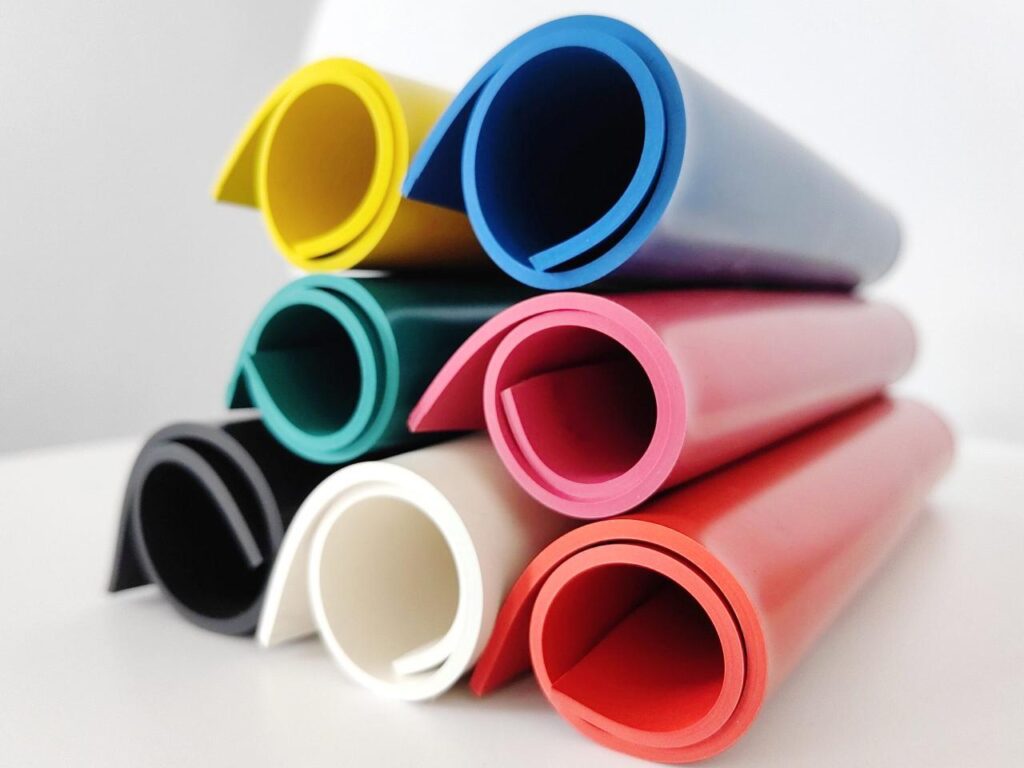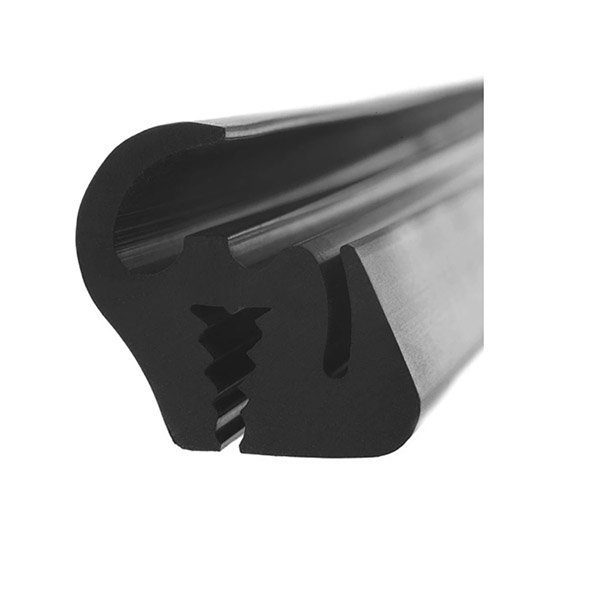FKM and EPDM are two commonly used types of rubber in the industry, each with its unique strengths and weaknesses. In this article, we will explore the differences between them and help you understand which material is best for your specific needs.

What is FKM Rubber?
FKM (Fluoroelastomer) is a high-performance synthetic rubber widely used in high-temperature and corrosive environments. Its chemical composition makes it ideal for harsh conditions, capable of withstanding up to 250°C high temperatures, and it offers excellent resistance to many chemicals, including oil, fuels, acids, and alkalis.
- Heat Resistance: Can withstand temperatures up to 250°C, making it suitable for high-temperature environments.
- Oil & Chemical Resistance: Offers excellent resistance to oils, fuels, and chemicals.
- Low Friction: Has a low friction coefficient, widely used in sealing and rolling components.
- Excellent Electrical Insulation: Used extensively in the electronics industry.
- Fire, UV, and Vacuum Resistance: Suitable for sealing in extreme environments.
Common applications of FKM rubber include automotive fuel systems, aerospace, industrial pumps, and heat exchangers.

What is EPDM Rubber?
EPDM (Ethylene Propylene Diene Monomer) is a synthetic rubber known for its weather, ozone, and UV resistance. Its unique chemical structure allows it to perform excellently in low to moderate temperature ranges, making it ideal for outdoor and weather-exposed applications.
- Weather Resistance: Highly resistant to UV rays, ozone, and oxygen, and will not degrade even with prolonged outdoor exposure.
- Water Resistance: Excellent resistance to water and steam, widely used in plumbing and steam systems.
- Elasticity & Flexibility: Maintains excellent flexibility across a wide temperature range, suitable for various climate conditions.
- Heat Resistance: Operating temperature range from -40°C to 150°C, suitable for low to moderate temperature applications.
Common applications of EPDM rubber include roofing membranes, window seals, plastic playgrounds, and HVAC systems and potable water pipe seals.

Key Differences Between FKM and EPDM
| Property | FKM | EPDM |
| Temperature Resistance | Up to 250°C | Up to 150°C |
| Oil & Fuel Resistance | Excellent | Poor |
| Weather Resistance | Poor (UV/Ozone) | Excellent (UV/Ozone) |
| Water Resistance | Fair | Excellent |
| Cost | High | Low |
| Flexibility | Limited at lower temperatures | High, maintains flexibility in wide temperature ranges |
| Common Applications | Automotive, aerospace, chemical industries | Outdoor, HVAC, plumbing, water sealing |
When to Choose FKM vs EPDM?
When to Use FKM
If your application involves extreme temperatures, oils, fuels, or chemicals, FKM is the best choice. It can withstand high heat and harsh chemicals, making it ideal for:
- Automotive: Fuel injectors, fuel tanks, and seals.
- Aerospace: Seals and gaskets exposed to high temperatures.
- Chemical: Equipment in industrial reactors or heat exchangers.
When to Use EPDM
If your application involves outdoor conditions, water, or steam, EPDM is the better choice. It excels in:
- Outdoor applications: Roofing membranes, window seals, and playground equipment.
- Plumbing and HVAC systems: Seals for water and steam systems.
- Water treatment: Gaskets for pipes and tanks exposed to water.
Cost Comparison: FKM vs EPDM
FKM is more expensive due to its advanced chemical stability and high heat resistance. It is often used in high-end applications where performance is critical.
EPDM, on the other hand, is much cheaper and more readily available, making it ideal for mass production and cost-sensitive applications.
Contact Us for More Information
If you’re unsure about which rubber material is right for your project or need more detailed information, feel free to contact us. Our team is here to help you select the best material for your specific needs.
